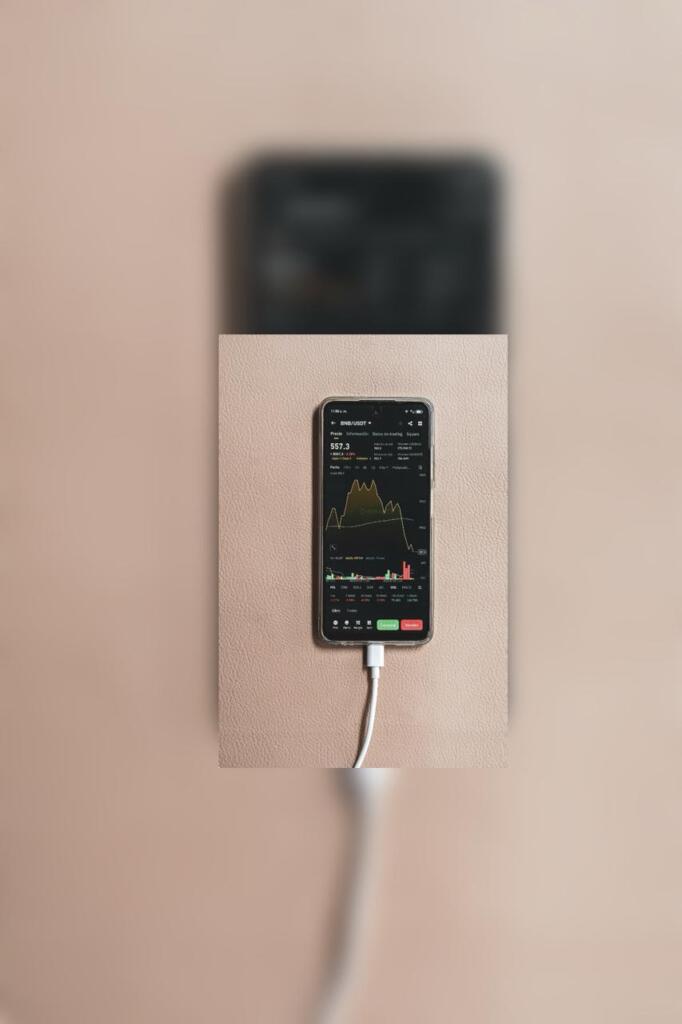Understanding Leverage in Forex Trading
One of the great advantages in trading Forex is the leverage: getting control of a larger position while only setting aside a small amount of capital. One borrows money from a broker to increase his potential return on investment. For instance, with a leverage ratio of 100:1, when the value owned is $1,000, it is possible to control about $100,000 in the market.
The hidden attraction of leverage is in its potential to amplify profits. However, it is a two-edged sword—just like any other derivative instrument that can also multiply losses. Therefore, knowing how leverage works and applying it in a responsible way is important to your success in forex trading.
As explained in depth on this page, this is what is normally expressed in form of ratios, one being 50:1, 100:1 and even going over to 500:1. The ratio expresses the amount of capital the broker is able to lend to the investor on the perspective of the trader’s capital. Obviously, with increasing leverage ratios, the maximum potential for both profits and losses increases simultaneously. Depending on the type of account the Forex Broker operates and on certain regulatory constraints, different levels of leverage are normally experienced.
Calculating and Applying Leverage
Understanding key terms related to leverage is essential:
- Margin: the dollar necessary for a trader to input on a leveraged position to be opened.
- Margin Call: A broker’s demand put ahead to ask for more money by deposit for his client to equal the very minimum amount required as a margin when an account equity is below that prescribed apex. Free margin refers to the funds in the trading account that are available for a new position.
Calculating forex trading leverage can be done very easily with the following formula:
Leverage=Trader’s Own Capital/Total Value of Position
To elaborate, say a trader has $1,000 in their account and uses 100:1 leverage; it basically means they can trade a $100,000 position. This is how it works:
Choose the Leverage
You can stay completely indifferent to the bond margin and put leverage of the ratio size you desire. If you want to become a drastic, aggressive trader, choose a respective percentage level of leverage; the more conservative you want to be, the more you reduce the proportion, which also forms part of your trading strategy.
Define Position Size
Establishing the total value of the position in which you want control. As a simple hypothetical example, with a $1,000 and a 100:1 leverage ratio, you can control a $100,000 position.
Monitor Margin Requirements
Most brokers require an initial deposit of margin to maintain leveraged positions. Make sure you have sufficient capital to meet the requirements and avoid falling into the case of a margin call, where the equity in your account goes below the required level of margin that needs to be maintained.
Example of Leverage in Action:
For instance, take a trader having $2,000 in their account and employing a 50:1 leverage ratio. This means they are allowed to control a position value of $100,000 ($2,000 * 50). If the market moves 1% for them, said trader now makes $1,000 from a 50% return on capital employed. Of course, if the market experiences an adverse reaction of 1%, they will lose $1,000, which is 50% of the capital. This example more than amply illustrates how leverage can dramatically affect both profit potential and total risk.
Benefits and Risks of Using Leverage
Amplified Profits: The first and most obvious benefit of leverage is as a profit amplifier. Even a small movement in prices can result in large returns when associated with leverage.
- Increased Market Exposure: It allows traders to gain more substantial exposure to the market with limited capital.
- Flexibility: A trader can leverage their capital and thus have several positions open at the same time in different currency pairs.
Risks
- Magnified Losses: Like profits, leverage can magnify losses. A negative small price swing can erode your capital very fast.
- Margin Calls: If the direction of the market is against your position, you would be subject to a margin call to top up with more funds to keep your position.
- Higher Stress and Pressure: This directly translates to increased stress and pressure in trading, creating circumstances for emotional decisions that can be deleterious to your trading performance.
The appropriate application of risk management, while leverage is in use, cannot be overemphasized. It’s important for traders to respect set levels for stop-loss orders to avoid losing big, not to over-leverage themselves and to have a good grasp of market conditions and any underlying potential for volatility payments.
Risk Management Strategies
- Set Stop-Loss Orders: Automatically close a position at a predetermined price to limit losses.
- Use Take-Profit Orders: These automatically close a position as it hits a distinct profit level to fix and take profits.
- Diversify positions: Spread out the investments over various currency pairs to minimize the risk associated with them.
- Regularly Review Positions: Monitor trades frequently to adjust strategies as needed.
Beginners should start off first through a demo account before officially beginning to trade with real money. Ordinarily, it helps to gain experience with leverage and formulating strategy without necessarily losing capital. Most brokers offer a demo account, which really simulates real market conditions.
By experimenting with different leverage ratios on a demo account, they are able to understand—though roughly—how leverage affects their trading. This is important to work out where it does one good to work at the reasonable level of leverage that they take and the risk with which they are comfortable using leverage.
